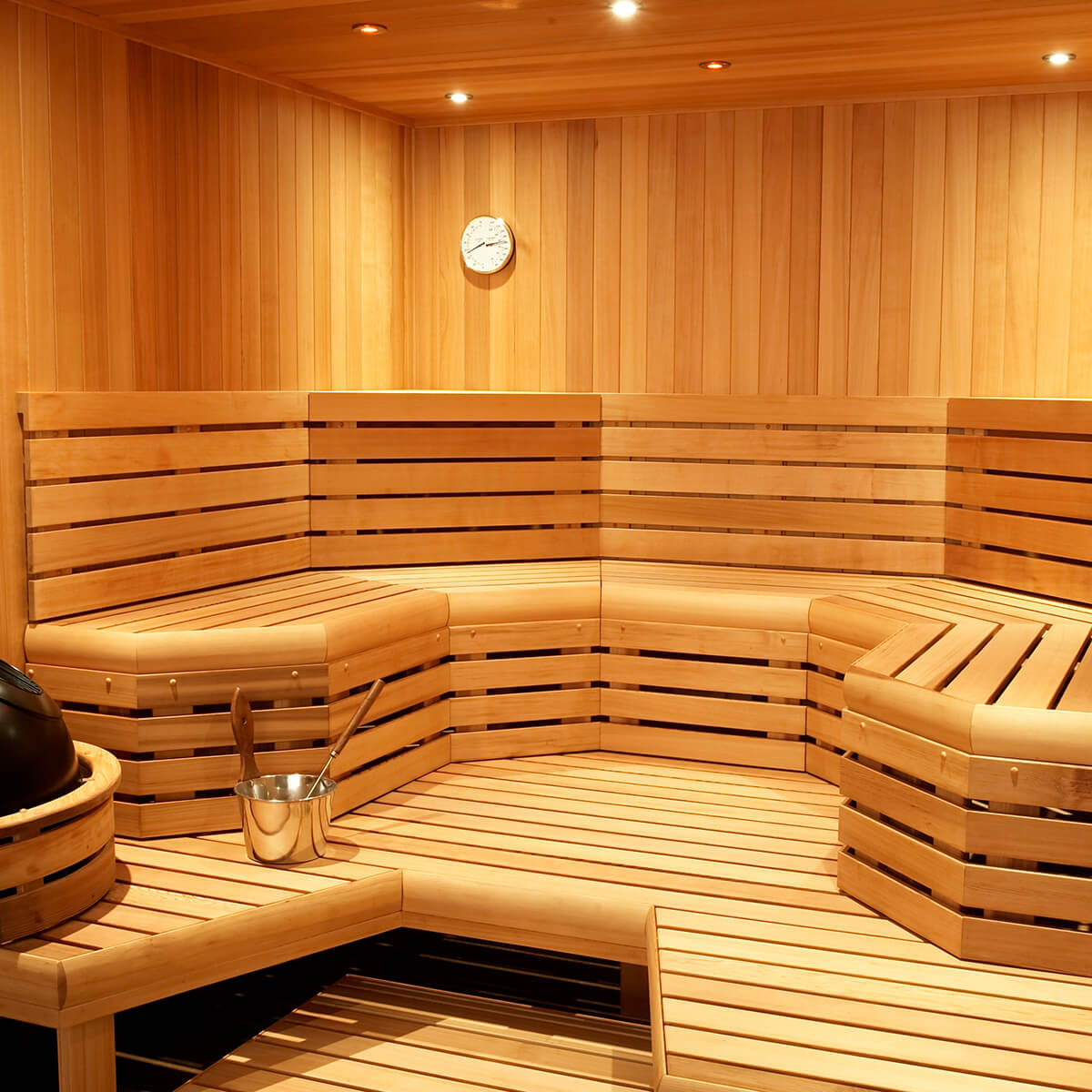7 Simple Techniques For Traditional Sauna
7 Simple Techniques For Traditional Sauna
Blog Article
Traditional Sauna Fundamentals Explained
Table of ContentsThe Best Guide To Traditional SaunaTraditional Sauna - The FactsThe Best Guide To Traditional SaunaGetting The Traditional Sauna To Work
Most of the weight shed in a sauna is water loss and is re-gained upon rehydrating. However, undeniably sauna can be a crucial component of a healthy weight reduction program. To look at the distinctions in between traditional and IR saunas, I will divide these into verifiable, theoretical, and made distinctions.Therefore, the most popular point in the saunawhich is at the ceiling directly above the sauna heateris normally in between 185 and 190 F. Traditional Sauna. Claims that a traditional sauna goes beyond 200 F is simply not true and not applicable for electric saunas sold in the US. The temperature level for a far-infrared sauna is generally set between 120 and 140 F; nonetheless, unlike the typical sauna, the objective in and IR space is not to achieve a high temperature
Because of this, the temperature level distinction is nearly unnecessary, since profuse sweating results in both sauna kinds, yet the approach of warming the body is different. In an IR sauna the bather will really feel hot and will sweat a lot, yet at much reduced temperatures. Therefore, if the goal is to spend longer time periods in the sauna, the IR sauna is an excellent choice.

Our Traditional Sauna Statements
When the heat is achieved, the elements cycle on and off to preserve the high temperature level. A lot of typical sauna individuals delight in pouring water over the rocks to produce steam to elevate sauna humidity levels. The benefits of pouring water over the rocks consist of: making the area more comfy, dampening the nasal flows, and permitting the usage of aromatherapy by blending crucial oils with the water.
In a far-infrared sauna, the warm front penetrate the body to effectively heat the body and raise the body core temperature. To achieve this raised temperature level, Far-infrared emitters develop infrared power which is close to the exact same wavelength as that which the body normally emitsoften referred to as the "Essential Array" of 7 to 14 microns), so the power is well obtained by the body.
When the energy enters the body, it causes the body temperature level to raise and inevitably causes sweat. In an infrared sauna it is necessary for the emitters/heaters to stay on nearly frequently. Considering that there is no mass of rocks to maintain warm, the sauna will cool down if the emitters turned off.
As pointed out above, the sauna bather in an infrared room intends to position himself before running emitters to obtain maximum take advantage of the warmth. The home heating time for the two rooms can be really various, depending upon how the rooms are made use of. For a conventional sauna, a bather ought to allow 30-40 mins for the space to achieve a wanted temperature level and to properly pre-heat the rocks.
What Does Traditional Sauna Do?
A well built sauna will usually achieve a temperature level of 150-160 F in concerning 30-40 minutes. For hotter temperature levels, the area may need to warm for a longer duration.
To find some, 15 minutes was "lost" while the infrared power warmed the timber panels rather than heating a body, while others locate a pre-heated room to be extra comfortable and think an elevated starting temperature is required to begin perspiring. The length of suggested usage for each and every room is roughly the exact same (10-15 minutes per session); nevertheless, as a result of the reduced air temperature levels and the capacity click here now to really feel the effects of infrared heat faster than a standard sauna, it is not unusual for a person to spend a total of 20-30 minutes in an infrared sauna.
Typical saunas often tend to be bigger (for this reason utilize more electrical power) than infrared saunas, although traditional saunas are certainly available in one and 2 individual sizes. For a two-person conventional sauna, 5x6 or 5x7 size is most preferred. The leading bench can easily seat two or three individuals and is additionally enough time to lie down during the sauna session.


The typical price per kWH of power in the united state is around $0.11, so a 4.5 kW heating system will set you back roughly $.50 to compete one hour, if the heater runs constantly for one hour. Usually a sauna heating system will compete 75% of the initial hour and 50% of subsequent hours on because the elements cycle once the set temperature level is achieved.
Traditional Sauna - Questions
A two person far-infrared room is normally physically smaller sized than a standard sauna, frequently regarding 4' x 4' or smaller sized. The IR heating unit is usually 1.5-1.7 kW making use of a 120 volt 15 amp plug-in service. Considering that the room can be made use of quicker than a sauna room, we will presume the space is utilized for to of an hour consisting of warm up time.
Finally, there is a seldom discussed check these guys out difference in the social experience between both rooms. While our culture has lost some of the social advantage of the typical sauna experience, it can be really socially fulfilling. From family members time in the sauna, to heart-felt discussions with better halves, to sauna partiesthe standard sauna experience can cause intimate interacting socially.
The majority of greater end infrared spaces include tinted light therapy, noise systems and full-glass fronts.
Report this page